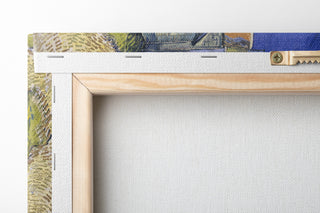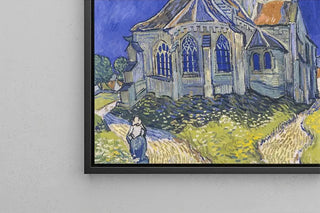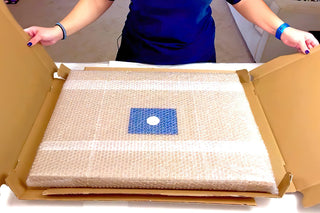Lightning Stone Fulgurite - Anselmus Botius de Boodt | Art print


View from behind

Frame (optional)
Fulgurite of the lightning stone: the mineralogical precision of Anselmus Botius de Boodt
The composition stages the fulgurite as a central subject, combining cerulean textures and amber brown shades to suggest the trace of a solidified lightning bolt. The technique combines attention to detail and naturalistic rendering, where every crevice and reflection restores the mineral density and geological fragility. The atmosphere is both scientific and contemplative, inviting the eye to follow the veins and irregularities of the material. The visual elements — light contrast, precise grain, and earthy palette — give the work a presence that is both sober and captivating.
Anselmus Botius de Boodt, master of the cabinet of curiosities
Anselmus Botius de Boodt, a prominent figure in early mineralogical studies and European cabinets of curiosities, blends naturalistic observation and erudition. Active at the crossroads of science and art, he draws inspiration from naturalist treatises and collectors' aesthetics, contributing to the dissemination of a detailed approach to natural specimens. His plates and descriptions influenced classification and the taste for exotic objects; his work attests to a rigorous method combined with visual sensitivity. This art print highlights the spirit of investigation and the scientific heritage that make his work unique.
A decorative acquisition with multiple assets
Opting for the art print of the Fulgurite of the lightning stone means choosing a painting that dialogues with contemporary or classic interiors, from the living room to the study, including a bedroom or a professional office. The Fulgurite of the lightning stone canvas easily fits into a bookshelf, above a console, or as a centerpiece on a minimalist wall, bringing texture and character. Fidelity to details, respect for original tones, and durable rendering guarantee a long-lasting aesthetic presence. This painting transforms a space by bringing curiosity and elegance; ideal for lovers of scientific art and decor seeking a touch of authenticity.

Matte finish

View from behind

Frame (optional)
Fulgurite of the lightning stone: the mineralogical precision of Anselmus Botius de Boodt
The composition stages the fulgurite as a central subject, combining cerulean textures and amber brown shades to suggest the trace of a solidified lightning bolt. The technique combines attention to detail and naturalistic rendering, where every crevice and reflection restores the mineral density and geological fragility. The atmosphere is both scientific and contemplative, inviting the eye to follow the veins and irregularities of the material. The visual elements — light contrast, precise grain, and earthy palette — give the work a presence that is both sober and captivating.
Anselmus Botius de Boodt, master of the cabinet of curiosities
Anselmus Botius de Boodt, a prominent figure in early mineralogical studies and European cabinets of curiosities, blends naturalistic observation and erudition. Active at the crossroads of science and art, he draws inspiration from naturalist treatises and collectors' aesthetics, contributing to the dissemination of a detailed approach to natural specimens. His plates and descriptions influenced classification and the taste for exotic objects; his work attests to a rigorous method combined with visual sensitivity. This art print highlights the spirit of investigation and the scientific heritage that make his work unique.
A decorative acquisition with multiple assets
Opting for the art print of the Fulgurite of the lightning stone means choosing a painting that dialogues with contemporary or classic interiors, from the living room to the study, including a bedroom or a professional office. The Fulgurite of the lightning stone canvas easily fits into a bookshelf, above a console, or as a centerpiece on a minimalist wall, bringing texture and character. Fidelity to details, respect for original tones, and durable rendering guarantee a long-lasting aesthetic presence. This painting transforms a space by bringing curiosity and elegance; ideal for lovers of scientific art and decor seeking a touch of authenticity.






